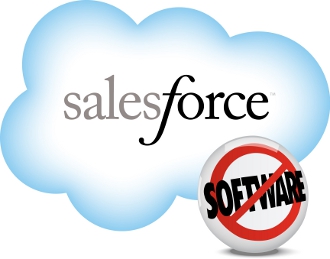 AMD has launched its Radeon HD 8970, boasting it’s currently the fastest notebook graphics card in the world.
AMD has launched its Radeon HD 8970, boasting it’s currently the fastest notebook graphics card in the world.
The GPU is powered by AMD’s Graphics Core Next architecture and sports the company’s Enduro technology to keep battery life running smoothly, adjusting the requirements of the GPU in idle mode.
The 8970M is essentially a rebranded 7970M with a 500MHz GPU boost clock.
Nonetheless, AMD boasted about it coming with AMD Eyefinity for use on multiple monitors, and it has AMD App Acceleration which lets the GPU take workload pressure off the CPU, and the card supports DirectX 11.1 on Windows 8.
MSI’s VP for sales and marketing, Eric Kuo, said in a statement that the HD 8970M card was a perfect fit for the company’s new gaming laptop, the MSI GX70. “Its speed, features and intelligent power capabilities perfectly complement our product,” Kuo said.
Matt Skyner, corporate veep for Graphics Business Unit at AMD, promised that the card is fast, powerful and energy efficient, making it a great candidate for gamers who need top performance and long-lasting battery life.


















